ParksandGardens, Estonia

Removed from Unnamed collection
Kadriorg Park 
Kadriorg Park is the most outstanding palatial and urban park in Estonia, covering around 70 hectares. Its construction began in 1718 on the orders of Russian tsar Peter I. Elements of park design from the 18th, 19th and 20th centuries can be seen here.
The most popular places for a stroll in the park are the flower beds surrounding the Swan Pond and the promenade leading from there to the president's palace.
There are a number of museums in the park, including KUMU (the Estonian Art Museum), Kadriorg Art Museum and the Mikkeli Museum, as well as monuments to such cultural figures as sculptor Amandus Adamson, author F. R. Kreutzwald and artist Jaan Koort. https://www.visitestonia.com/en/kadriorg-park
Map
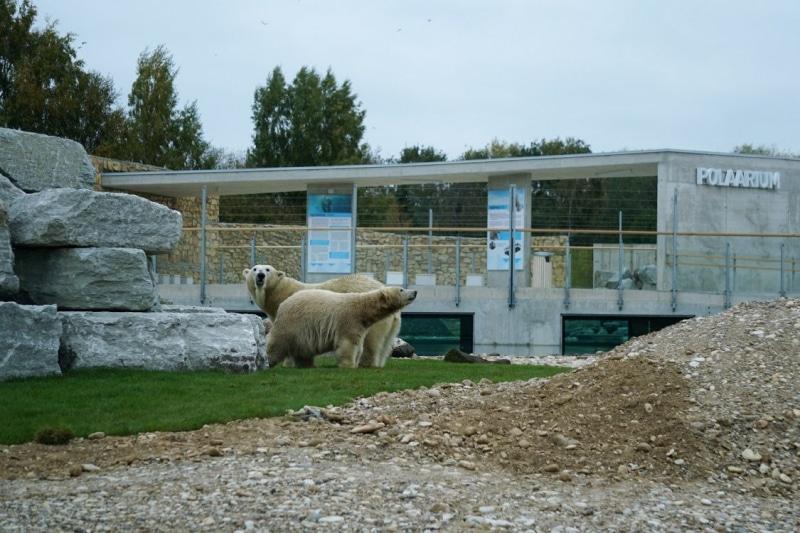
Removed from Unnamed collection
Tallinn Zoo 
The Tallinn Zoo is located in the naturally beautiful Veskimetsa park forest that is rich in species. Boasting the most exciting collection of wildlife in Northern Europe, it is home to more than 11,000 specimens belonging to almost 600 species or subspecies from Australia to Alaska.
The Zoo has giant elephants and rhinoceros, dangerous predators, simians, polar bears, and many other exotic species. Tallinn Zoo also has the best collection of wild goats and sheep in the world, as well as a remarkable number of eagles and vultures, and an excellent selection of owl and stork species. https://www.visitestonia.com/en/tallinn-zoo-1
Map

Removed from Unnamed collection
Tammsaare Park 
Tammsaare Park is located in the centre of Tallinn, between the Estonia Theatre and Viru Keskus shopping centre. In 1896, one corner of the park became the new site of Tallinn’s market, which was formerly located on Town Hall Square. From 1903–1905, the park was home to a giant wooden ‘Interimstheater’ – a barn-type hall that was a venue for theatre performances and cinema screenings. When this building burnt down, space was landscaped and pathways were constructed.
In 1978, a statue of A. H. Tammsaare was erected in the centre of the park to mark the Estonian author’s 100th birthday.
Tammsaare Park has modern lighting, white park furniture, and thousands of flower bulbs. https://www.visitestonia.com/en/tammsaare-park
Map
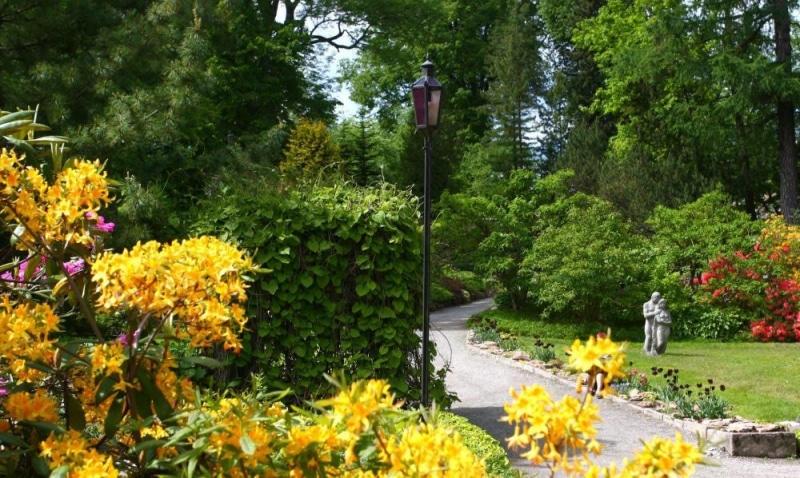
Removed from Unnamed collection
University of Tartu Botanical Gardens 
The University of Tartu Botanical Garden offers study programmes and excursions for visitors of all ages. There are more than 10,000 species and varieties of plants in the garden. In addition to natural plants, including rare protected plants, we introduce new decorative plants. In the greenhouses, rainforest and desert plants can be seen.
It is the oldest botanical garden in the Baltic States, operating for more than 200 years in the same location. The garden is designed by world-renowned botanists, professors Ledebour and Bunge. Guests can visit the greenhouses with a ticket, but the garden is open for everyone for free. There is a playground for children. https://www.visitestonia.com/en/university-of-tartu-botanical-garden
Map
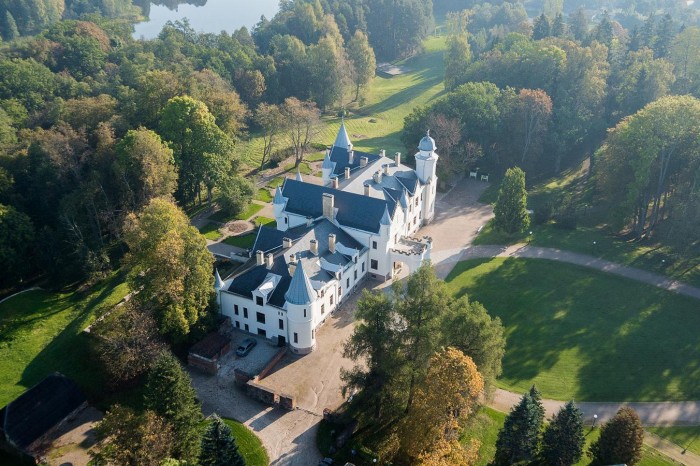
Removed from Unnamed collection
Alatskivi Park 
Alatskivi Castle Park – the biggest park in Tartu County (130 ha) – was established by squire von Stackelberg in the end of the 18th century. The Alatskivi Castle built according to the designs of Arved von Nolcken with the surrounding park is one of the main sights in the area. The towers and terraces of the castle offer beautiful views of the lakes, the church and the surrounding landscape. A marked hiking track runs through the park. The majority of the trees growing in the park are local species, such as lime trees, maples and oaks. https://visittartu.com/alatskivi-park
Map
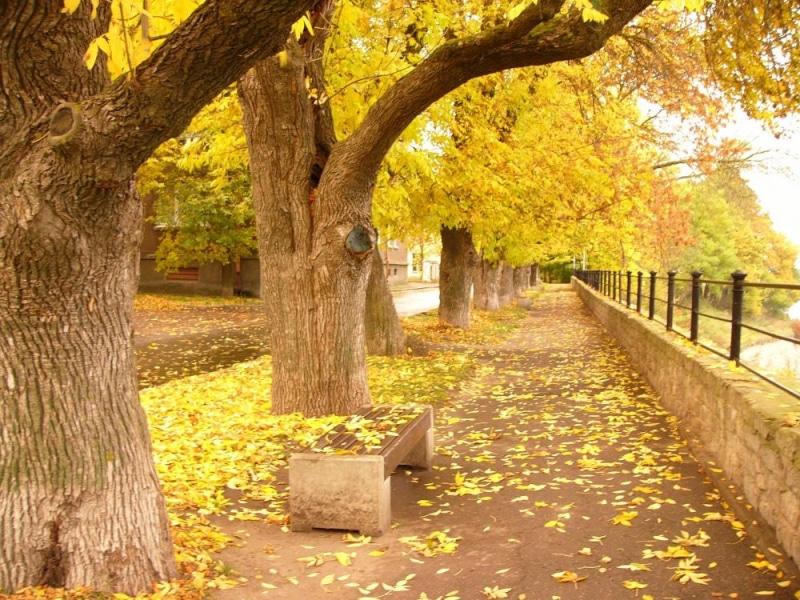
Removed from Unnamed collection
Dark Garden 
This is Narva’s oldest park, an example of park architecture from the end of the 19th century. Located on the Bastions. There are two memorials in the park and its environs. The first is the iron cross erected on the Victoria Basion in 1853 in memory of the Russian soldiers that died during the Siege of Narva in the Great Northern War. The second memorial marks the graves of soldiers that died in the War of Independence in November 1918. https://www.visitestonia.com/en/dark-garden-in-narva
Map
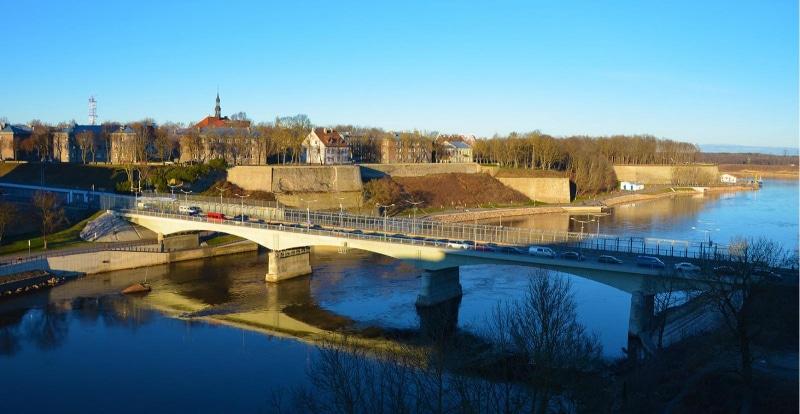
Removed from Unnamed collection
Narva Bastions 
In the 17th century, Narva was a city on the border between Sweden and Russia, which Sweden wanted to turn into a regional capital. The designer of the defence fortifications was a military engineer and architect Erik Dahlberg. https://www.visitestonia.com/en/narva-bastions
Map

Removed from Unnamed collection
Soomaa National Park 
Soomaa National Park, founded in 1993, is the second largest national park in Estonia. Soomaa, located on the border between Pärnu and Viljandimaa, is one of the pearls of nature in Estonia, with its large, man-made, almost untouched bogs and wild rivers. https://www.visitparnu.com/avasta-parnu/soomaa-rahvuspark
Map

Removed from Unnamed collection
Viljandi Musical Instrument Park 
The park in front of the main building of Viljandi Manor is home to a 'world tree' bearing national patterns carved out of the old, dry oak. Both the tree and the large wooden Hiiu zither nearby made a home for themselves in the park in spring 2009, when Viljandi held the title of Forest Capital of Estonia. The park's 'orchestra' obtained new players in 2010: a willow whistle and bellows. https://www.visitestonia.com/en/viljandi-musical-instrument-park#
Map
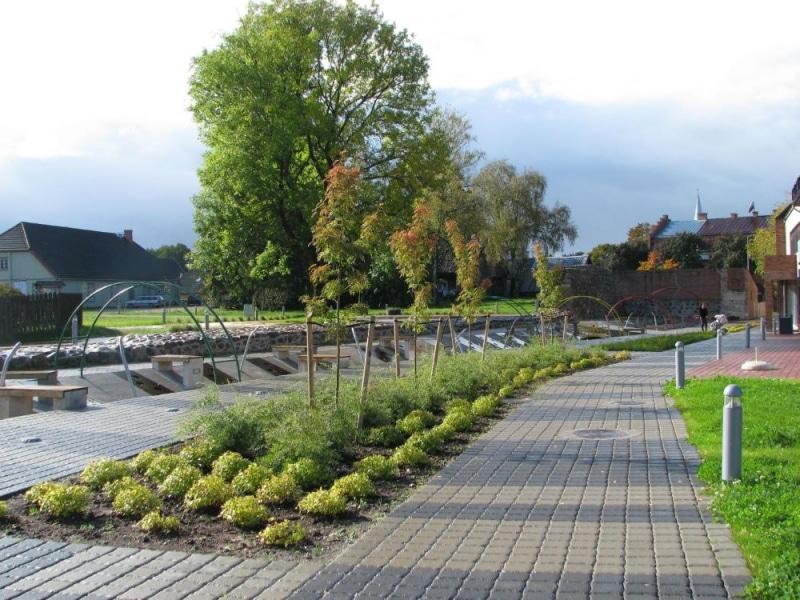
Removed from Unnamed collection
The Garden of Arcadia 
There is a pedestrian mall in the heart of Viljandi where you will see an amazing array of things - fragments of the medieval town wall; a modern walking track with unique fountains and benches; and examples of drying barn architecture from the olden days. The Garden of Arcadia was inspired by a dance hall and meeting place here that went by the same dreamy name among locals in the early 1930s. https://www.visitestonia.com/en/the-garden-of-arcadia#
Map
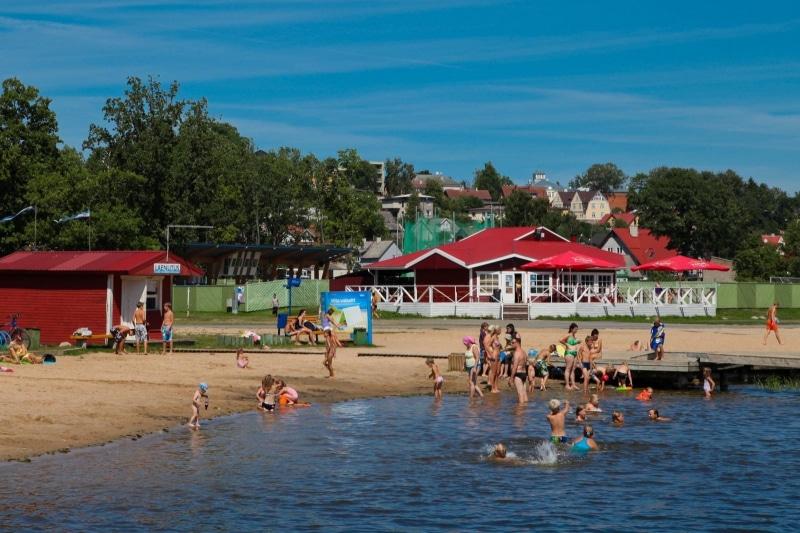
Removed from Unnamed collection
Lake Viljandi 
Lake Viljandi is in a primeval valley, which is 11 m deep, 450 m wide and 4600 metres long. The lake is well-known in Estonia thanks to the song about the boatman of VIljandi, who day-dreams about the beautiful blue eyes of a girl he once saw when he was young. https://www.visitestonia.com/en/lake-viljandi-2
Map

